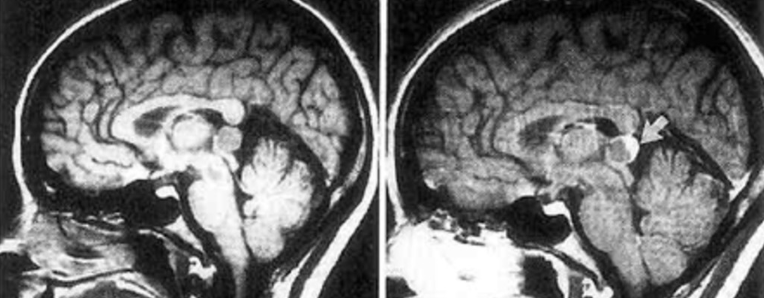A new study confirms an increased risk for heart failure in patients with HIV, especially those with low CD4 counts and high RNA levels.
“We had already shown in previous research that HIV can increase the risk for heart failure (HF) when compared with demographically matched patients without HIV,” Michael A. Horberg, MD, MAS, FACP, FIDSA, explains. “However, the difference by sex is critical, as there can be different risks among women, including effects of pregnancy (eclampsia), hormones, and oral contraceptives. It is critical to know if these differences persist among women (or men) with HIV compared with similar patients without HIV.”
For a study published in the Journal of Acquired Immune Deficiency Syndrome, Dr. Horberg and colleagues examined the association between HIV severity and incident HF, with analyses performed among men and women combined, then stratified by sex. The study included patients with HIV and matched participants without HIV, all of whom had no prior HF.
“Poisson regression was used to compare incident HF by HIV status, and people with HIV were stratified by HIV severity, which we defined by recent CD4 count (within 6 months), nadir CD4 count, or recent HIV RNA level,” Dr. Horberg says. “Models were adjusted for sociodemographic characteristics, substance use, and HF-related risk factors.”
Results Confirm Greater HF Risk in Patients With HIV
The study included 38,868 people with HIV and 386,569 people without HIV. The mean age of participants in both groups at baseline was 41, and both groups were composed of significantly more men (87.7% in both).
Over a mean follow-up of 5.2 years among people with HIV and 6.0 years for people without HIV, there were 230 cases of incident HF among people with HIV and 3,298 cases among people without HIV. Compared with people without HIV, HF risk was higher among people with HIV with lower recent CD4 counts (200-499 cells/µL: adjusted rate ratio (aRR), 1.82; <200 cells/µL: aRR, 3.26) and a low nadir CD4 count (<200 cells/µL: aRR, 1.56).
Investigators reported 192 HF cases in men with HIV, 3,002 in men without HIV, 38 in women with HIV, and 296 in women without HIV (Table). Like the combined analyses, men and women with HIV who had lower recent CD4 count (<500 cells/µL) and lower nadir CD4 count (<200 cells/µL) had an increased risk for incident HF compared with individuals without HIV. The risk was greater among women, and the association of higher HIV RNA with higher HF risk was also more prominent among women.
“There are a few important points to stress,” Dr. Horberg says. “First, compared with people without HIV, people with HIV had higher HF risk with lower recent CD4 counts. This was also true for lower nadir CD4 counts. Second, the finding of overall greater HF when comparing people with HIV to those without HIV was confirmed, at all levels of HIV RNA. The increased HF risk was higher among women with lower CD4 counts, recent or nadir, and with high HIV RNA levels.”
Maintaining a Low Threshold for HF in Those With HIV
Taken together, the findings indicate “that patients with HIV need to be monitored for HF—especially women,” according to Dr. Horberg.
“The key is vigilance,” he says. “Since we don’t normally do echocardiograms on everyone, we all should have a low threshold when a patient with HIV has symptoms suggestive of HF, even if their only risk is HIV. This suspicion should be higher for women and for those with a low CD4 count or a much higher viral load.”
Dr. Horberg notes that future research should determine why this discrepancy occurs, “and, from that, what we can do to modify or supplement treatments” to prevent it.
“Of course, controlling HIV viral load is important, but we need to know if certain ART increases the risk for HF—or vice versa, if it lowers the risk,” he says. “We also need to know if we should be monitoring to prevent or diagnose early HF among our patients with HIV.”





















Create Post
Twitter/X Preview
Logout